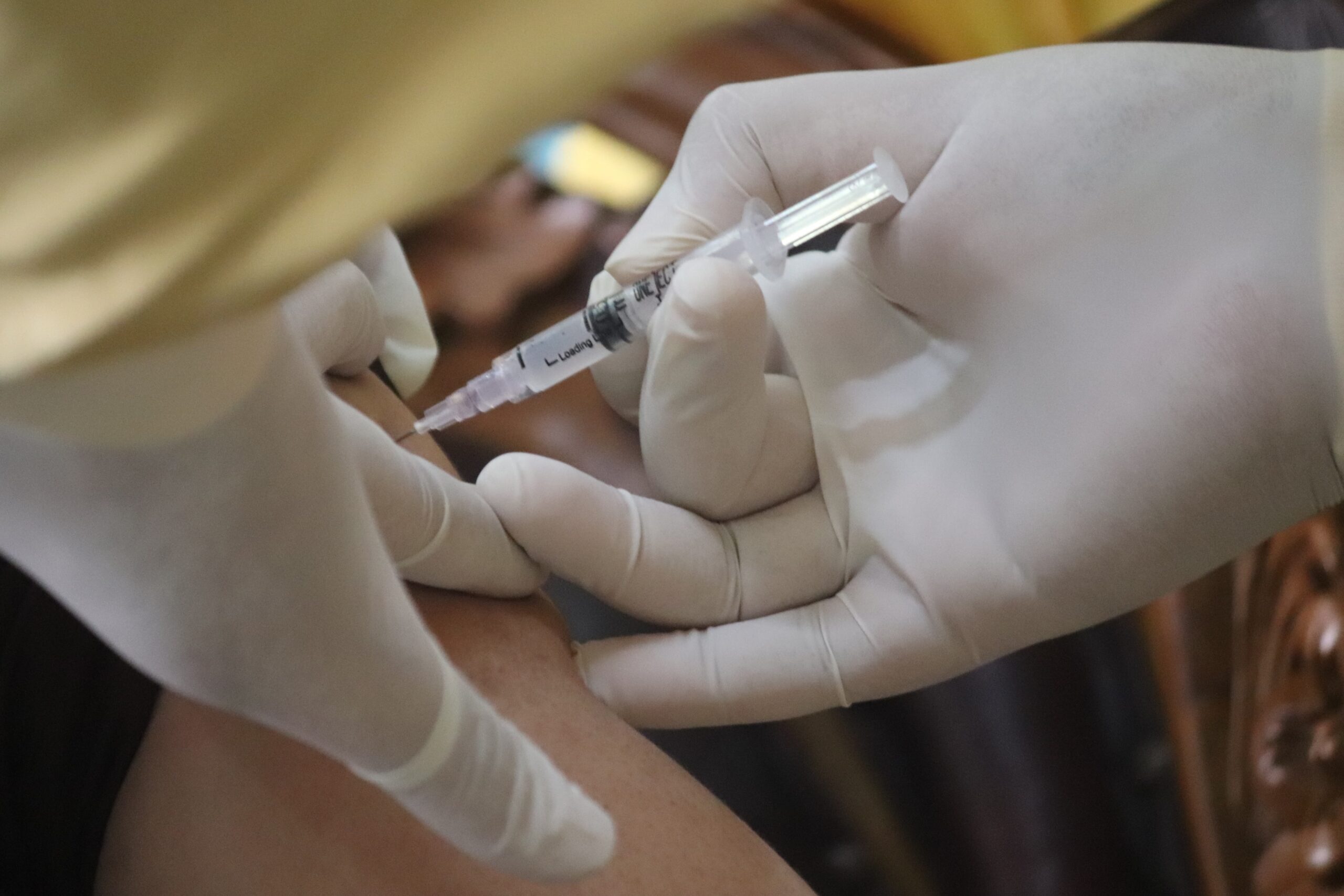This is important guidance. We now have two new US Food and Drug Administration (FDA)–approved cholesterol-lowering medicines over the past 2 years that our patients are seeing advertised on TV, and until now, there has not been much consensus or guidance on how they should be used.
First, we’ll talk about the new medications, and then we’ll talk about the recommendations for use.
Bempedoic acid is an oral medicine, and inclisiran is a subcutaneous injection.
Bempedoic acid works upstream from HMG-CoA reductase to reduce low-density lipoprotein (LDL) cholesterol. Importantly, in distinction from statins, it doesn’t cause myalgias. Used alone, it decreases LDL by about 25%, and when added to statins, it decreases LDL cholesterol by about an additional 15% over statins alone. It is available to be combined with ezetimibe 10 mg, and then when added to a statin, there is an additional 38% reduction in LDL cholesterol. This is potentially very exciting, because many patients on statin monotherapy do not get to their LDL cholesterol goals, and the combination of bempedoic acid with ezetimibe is an attractive noninjectable option for many of those patients.
Side effects of bempedoic acid include a slight increase in tendon rupture, gout, benign prostatic hyperplasia (BPH), and atrial fibrillation (AFib). The randomized controlled trial (RCT) of bempedoic acid with cardiovascular endpoints isn’t expected to be completed until the end of 2022.
The other new medicine is inclisiran, which is a subcutaneous injection given twice a year in the office, after initially being given at baseline and then at 3 months. Inclisiran inhibits production of proprotein convertase subtilisin/kexin type 9 (PCSK9) at an intracellular level, unlike PCSK9 monoclonal antibodies (mAbs), which inhibit PCSK9 at an extracellular level. But because they both work through similar pathways, they can’t be used together. Inclisiran decreases LDL cholesterol by about 50%, a hair less than the PCSK9 mAbs. The inclisiran RCT won’t be out until about 2024.
So where do these new drugs fit in?
Primarily two places. One, for patients who are not meeting their LDL cholesterol goals on maximally tolerated statin therapy, after the use of medicines that have shown an effect on endpoints in randomized controlled trials, such as ezetimibe and PCSK9 mAbs. The second place is for those individuals who cannot tolerate statins, usually due to myalgias.
Our Services
Let me now go over the recommendations for the groups for whom LDL lowering is recommended:
The first is patients with established atherosclerotic cardiovascular disease (ASCVD) at very high risk. A high-intensity statin is recommended. Then, if the LDL cholesterol level has not decreased by 50% or is not ≤ 55 mg/dL (notice that in this group, the target has been changed from 70 to 55 mg/dL), then consider the addition of a nonstatin therapy — initially ezetimibe or a PCSK9 mAb. If, after their use, further lowering is needed, then use bempedoic acid. Inclisiran may be used instead of a PCSK9 mAb if there are issues with adherence or an inability to take the injectable at home.
Categories 2 and 3 have similar recommendations. These are patients with an LDL cholesterol level > 190 mg/dL and people aged 40-75 years with diabetes. Start with a statin, either medium or high intensity. If the patient doesn’t get to goal with the statin, then consider either ezetimibe or a PCSK9 mAb. After that, if still not at goal, then consider bempedoic acid or inclisiran.
The largest category, of course, for many of us, is primary prevention in individuals with an LDL cholesterol level of 70-189 mg/dL with a calculated 10-year cardiac risk of 7.5%-20%. Here, start with a moderate-intensity statin with a goal of a 30%-49% reduction in LDL cholesterol or an LDL cholesterol level < 100 mg/dL, and then titrate to a high-intensity statin if needed.
Now this next piece is interesting. The guidelines do not recommend nonstatin therapy for further LDL reduction in this group, even if the LDL cholesterol goal is not met, unless there is a > 20% 10-year cardiac risk. Then, after high-intensity statin therapy, if the patient is not at goal, consider ezetimibe. The use of the newer agents for additional LDL lowering isn’t recommended for primary prevention at this point unless statins are not tolerated.
Which brings us to our next category of patients: those who can’t tolerate statins. First, make sure that’s in fact true. Try two or three different statins. If the patient really can’t tolerate them, then bempedoic acid is an option. In this group of patients, the combination of bempedoic acid and ezetimibe can be very useful.
The takeaway point of these recommendations is that because the new medications do not yet have RCT data on clinical efficacy, they should be reserved for use after the use of the medicines where RCT data exist.
Neil Skolnik, MD, September 27, 2022 | Photo by Mufid Majnun on Unsplash
Contact us today and find out how we can help you take your pharmacy services to the next level

